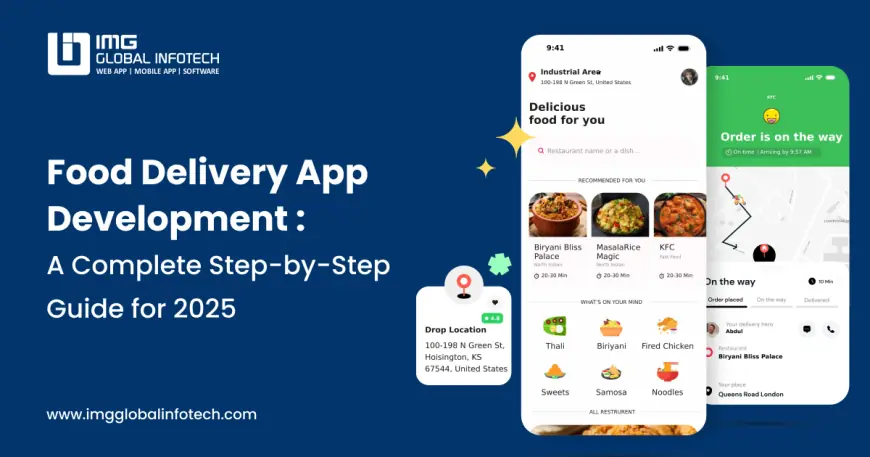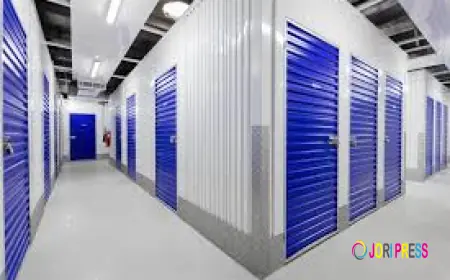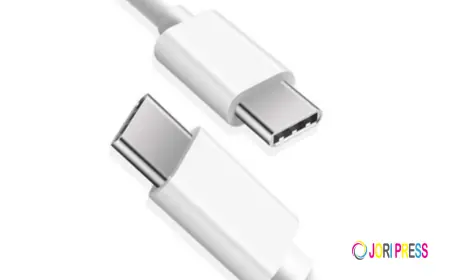Food Delivery App Development: A Complete Step-by-Step Guide for 2025
Learn how to build a successful food delivery app in 2025 with this step-by-step guide. From market research to launch, discover key features, tech stack, cost estimates, and expert tips to help startups and restaurants create scalable, user-friendly apps that boost revenue and customer satisfaction.

The rise of on-demand food delivery app development is changing how people enjoy meals. In 2025, more customers will prefer ordering food online over dining out or cooking. Whether it’s a busy weekday or a relaxed weekend, users want meals delivered fast, hot, and fresh.
For restaurants, cloud kitchens, and food startups, this trend offers a golden opportunity. A feature-rich and user-friendly food delivery app can improve customer loyalty, automate operations, and boost revenue. But how do you build such an app?
This blog explores the step-by-step process of food delivery app development, covering everything from market research to launch. This guide is built to help you succeed as a startup founder or an enterprise team planning your next big move.
Step-by-Step Process of Food Delivery App Development in 2025
Step 1: Understand the Market and Target Users
Before development starts, gather insights about your market and customers. Who are you targeting—working professionals, students, families, or late-night foodies?
Also, analyze top competitors like Zomato, Uber Eats, or DoorDash. Look for gaps in their services, such as slow delivery times, limited payment options, or poor customer support.
Key Tip: Create a buyer persona. It helps your team design the app around real customer behaviors, pain points, and expectations.
Step 2: Choose a Business Model
Selecting the right model is critical to the app’s success. Here are the four common ones:
-
Order Only Model: You list restaurants, and users place orders. Restaurants handle delivery.
-
Order & Delivery Model: Your platform handles both orders and deliveries.
-
Aggregator + Logistics Model: You offer a fleet of drivers for restaurants without delivery staff.
-
Cloud Kitchen Model: You operate virtual kitchens without a dine-in space and manage everything via the app.
Pick a model that suits your operational strength and long-term goals.
Read Also → Mistakes to Avoid in Food App Development
Step 3: Define Key Features
Your app should serve three core stakeholders: customers, delivery agents, and restaurants/admins.
Here’s a quick breakdown:
For Customers:
-
Easy onboarding
-
Real-time order tracking
-
Multiple payment methods
-
Ratings and reviews
-
In-app chat or call support
For Delivery Partners:
-
Task assignment dashboard
-
Navigation support via GPS
-
In-app payments and wallet
-
Delivery history
For Admin/Restaurant:
-
Order management
-
Menu customization
-
Earning reports
-
Delivery partner tracking
Pro Tip: Start with MVP (Minimum Viable Product) features. Add advanced options like AI recommendations, loyalty programs, and dynamic pricing later.
Step 4: Choose the Right Tech Stack
The technology you choose affects your app's speed, scalability, and performance.
-
Frontend: React Native or Flutter for cross-platform apps.
-
Backend: Node.js, Django, or Laravel.
-
Database: MongoDB or PostgreSQL.
-
APIs: Google Maps for navigation, Razorpay or Stripe for payments.
-
Cloud Services: AWS or Firebase.
Make sure your tech stack is secure, lightweight, and future-ready.
Step 5: Partner with a Skilled Development Team
Hiring the right food delivery app development company can make or break your project. A reliable team offers UI/UX design, app coding, QA testing, and post-launch support under one roof. Look for a team with proven experience in real-time tracking, secure APIs, and scalable backends.
Ask for case studies, client reviews, and tech portfolios before making a decision.
Step 6: Design the UI/UX for a Seamless Experience
User experience (UX) is the backbone of customer retention. Keep the design minimal, intuitive, and responsive. Use high-contrast colors for CTA buttons. Prioritize fast load times, even on low internet speeds.
Don't forget accessibility. Ensure the app works well for all users, including those with visual or motor impairments.
Step 7: Test Thoroughly Before Launch
Testing isn’t just a final step. It’s an ongoing process throughout development. Conduct:
-
Unit Testing: For individual features
-
Integration Testing: For system performance
-
UI Testing: To ensure smooth navigation
-
Beta Testing: With real users
Fix all bugs before launch to avoid poor reviews and uninstalls.
Step 8: Launch & Market Your App
Once testing is done, launch your app on both Google Play and Apple App Store. Use ASO (App Store Optimization) for better visibility.
Marketing strategies that work:
-
Social media ads
-
Influencer partnerships
-
In-app promotions and referral bonuses
-
SEO for your website or blog
Track user behavior through analytics to improve your app continuously.
Step 9: Collect Feedback and Scale Features
After launch, collect user feedback via surveys, ratings, and app reviews. Update features based on user needs. Consider integrating:
-
Voice-based search
-
Subscription-based models
-
Advanced AI for order suggestions
Regular updates show users that you care about quality and innovation.
Cost Estimation for Food Delivery App Development
The food delivery app development cost depends heavily on the app’s complexity, features, and platform. Below is a general cost breakdown based on three levels of app complexity:
1. Basic Food Delivery App
A basic app includes standard features like login/signup, restaurant listing, menu, cart, order placement, and payment.
-
Ideal for: Startups and local restaurants
-
Features: MVP features (user panel, admin panel)
-
Platforms: Android or iOS (single platform)
-
Estimated Cost: $10,000 - $20,000
-
Development Time: 2–3 months
2. Mid-Level Food Delivery App
This type adds real-time tracking, in-app chat, discount coupons, multi-language support, and delivery partner modules.
-
Ideal for: Growing businesses or regional chains
-
Features: Customer, delivery, and admin modules with interactive UI
-
Platforms: Android + iOS (cross-platform)
-
Estimated Cost: $20,000 - $50,000
-
Development Time: 3–5 months
3. Advanced Food Delivery App
These apps include high-end features like AI-based recommendations, route optimization, analytics dashboards, loyalty programs, and third-party integrations.
-
Ideal for: Enterprises and funded startups
-
Features: Fully customized app with scalable backend
-
Platforms: Android, iOS + Web App
-
Estimated Cost: $50,000 - $100,000+
-
Development Time: 5–8 months
Factors That Influence Development Cost
-
App Type: A simple MVP costs less than a feature-rich, scalable platform.
-
Platform: Cross-platform apps are cheaper than building separate native apps.
-
Development Team Location: Hiring a team from India or Eastern Europe can reduce costs by up to 50% compared to teams in the US or UK.
-
Feature Complexity: Real-time tracking, AI recommendations, and loyalty systems increase costs.
-
Third-party Integrations: Adding payment gateways, SMS, or map APIs also adds to the budget.
Cost-Saving Tips
-
Start with an MVP to validate your idea.
-
Use pre-built modules and open-source tools.
-
Partner with an experienced food delivery app development company that offers end-to-end services.
Conclusion
2025 is a great time to enter the online food delivery space. The market is thriving, and user demand is higher than ever. But success comes from execution, not just ideas. Start by validating your concept, build with the right tech, and partner with an expert food delivery app development team.
Whether you’re running a local kitchen or dreaming of the next big food tech startup, this step-by-step guide gives you the roadmap to launch smartly and grow fast.
Invest wisely, build with trust, and deliver delight, right to your customer’s doorstep.
What's Your Reaction?
 Like
0
Like
0
 Dislike
0
Dislike
0
 Love
0
Love
0
 Funny
0
Funny
0
 Angry
0
Angry
0
 Sad
0
Sad
0
 Wow
0
Wow
0


















































